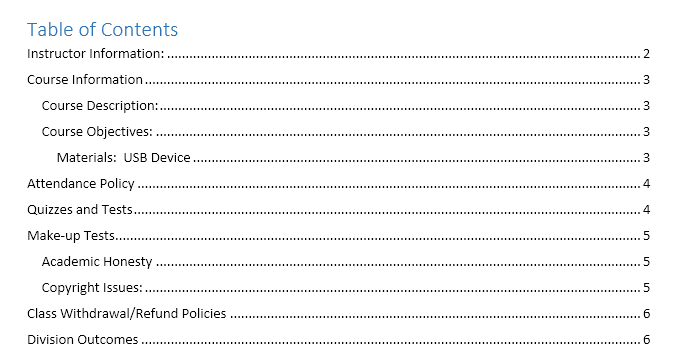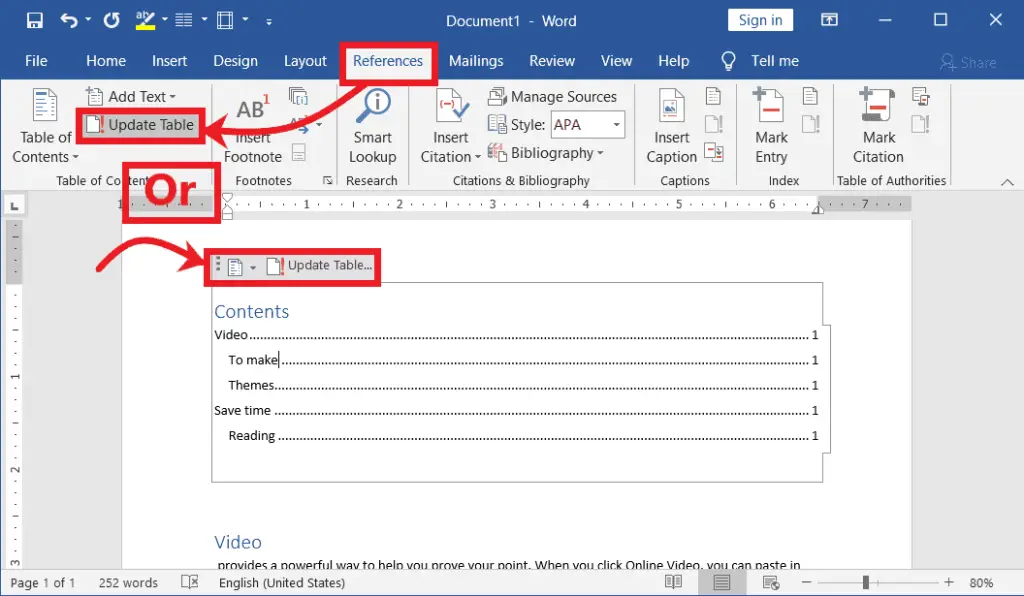



The same applies when you need to update it. The big difference is that setting up an automatic table of contents only takes a few quick steps. It’s inserted in the same way the ‘structure’ for a manual table of contents is inserted. Instead, an automatic table of contents is the way to go. It doesn’t make sense to work in this way. And if (or when) the contents of your document changes, you must then manually update the table of contents. You also need to trawl through your document to find corresponding page numbers. This means you must manually add entries. That’s because a manual table of contents only includes the structure for the table of contents. Inserting a manual table of contents is time consuming. Why? Because it doesn’t allow you to create a clickable table of contents in Word. Though for me, this isn’t an option at all, and I would never recommend you do so. The second option is to insert a manual table of contents. It means anyone reading your document can use the table of contents to click to a specific section. The first is to insert an automatic table of contents. You have two options when adding a table of contents to your Word document. Plus, learn how to insert a table of contents in your Word document. And that is to insert an automatic table of contents. But if you want to create a clickable table of contents, then there’s really only one option. There are a couple of options available when you want to insert a table of contents in a Word document.


 0 kommentar(er)
0 kommentar(er)
